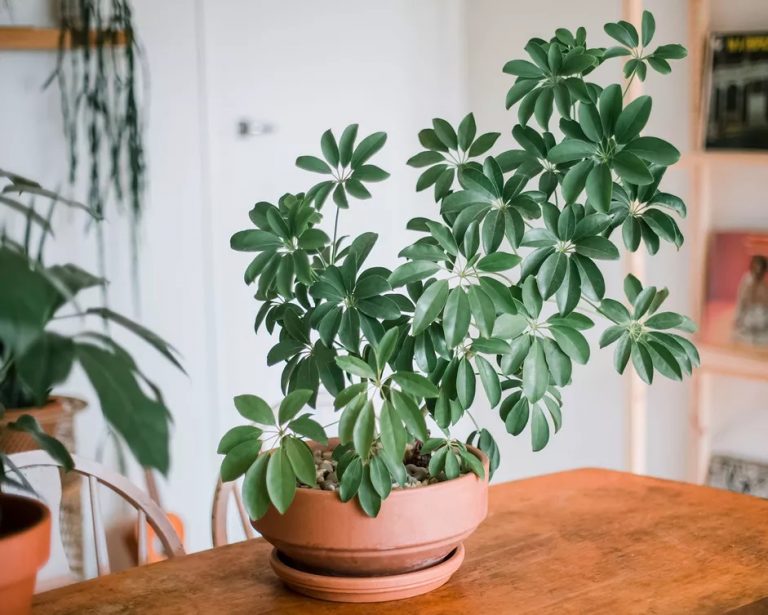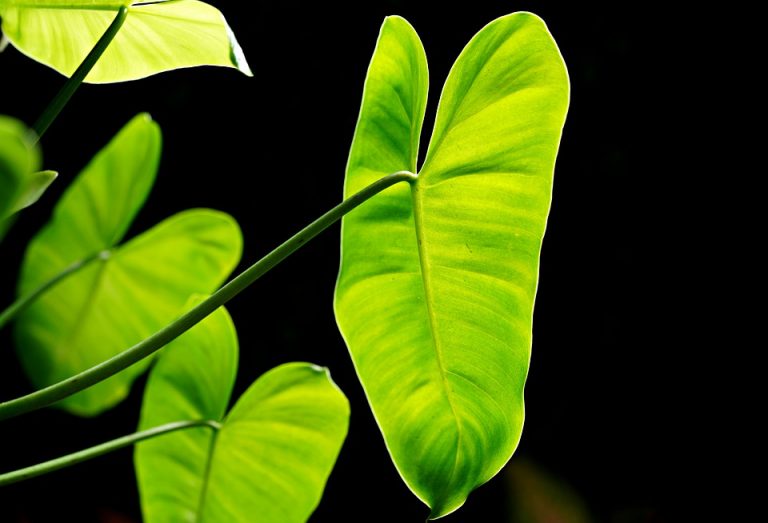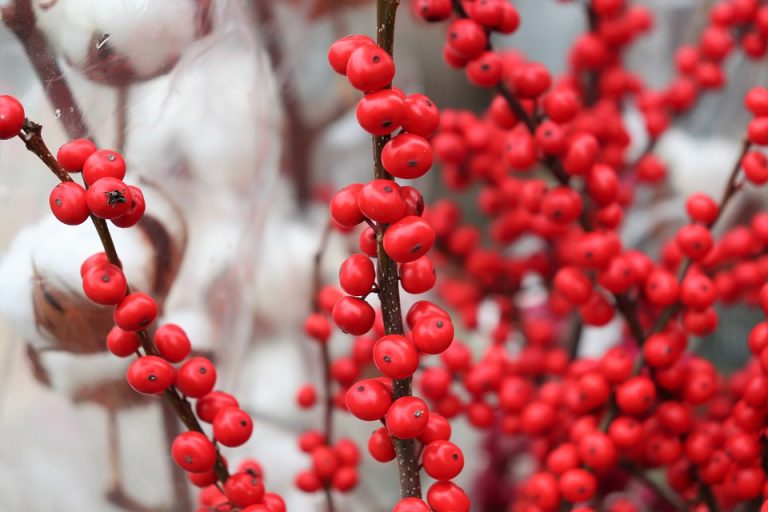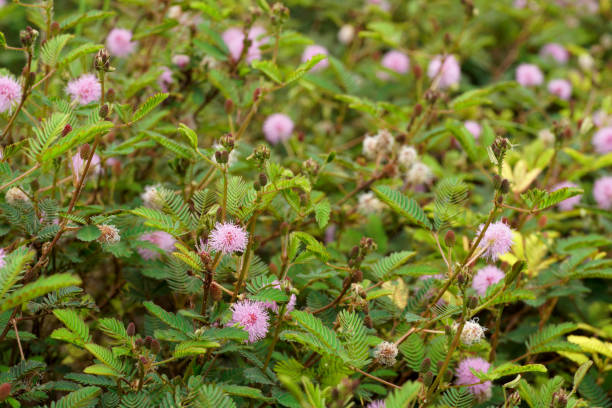Snake Plants: Strong Adaptability to the Environment
The snake plant is a perennial herbaceous foliage plant of the lily family. With rhizomes, the leaves are basal, fleshy linear-lanceolate, stiffly leathery, erect, slightly grooved at the base; dark green with transverse bands of light and dark green on both sides; racemes with white to light green flowers.
Snake plants are native to western Africa and southern Asia, distributed in tropical Africa and India, with more varieties, more variation in plant shape and leaf color, and strong adaptability to the environment.
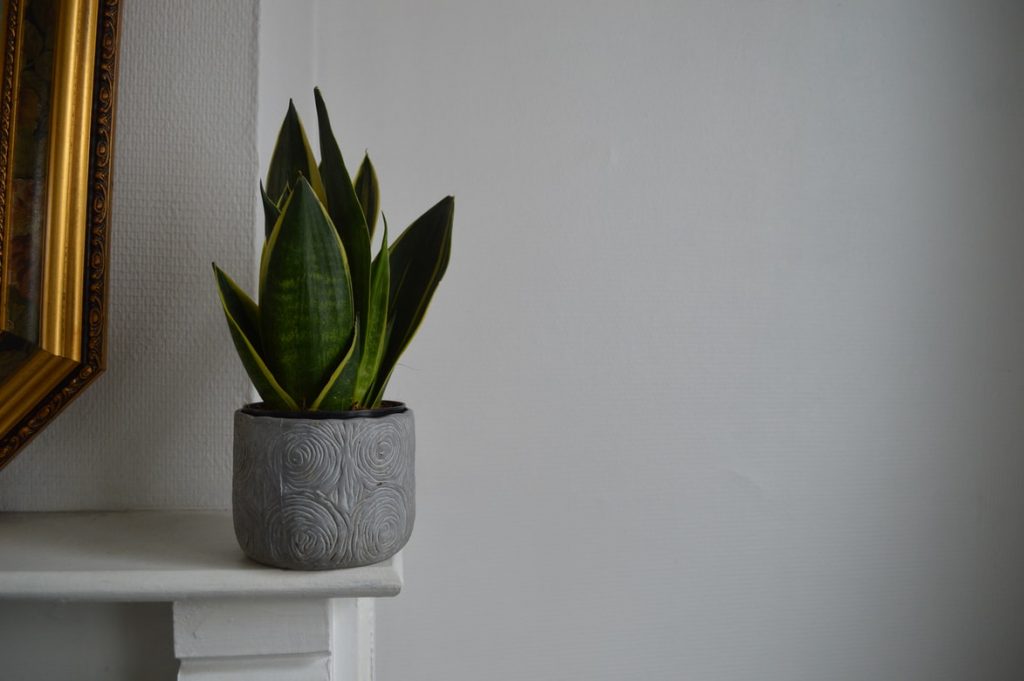
It is suitable for decorating study, living room, and office space, and can be used for a longer period.
Growth Habit
Snake plants are highly adaptable, like warm and moist, drought-resistant, light-loving, and shade-tolerant.
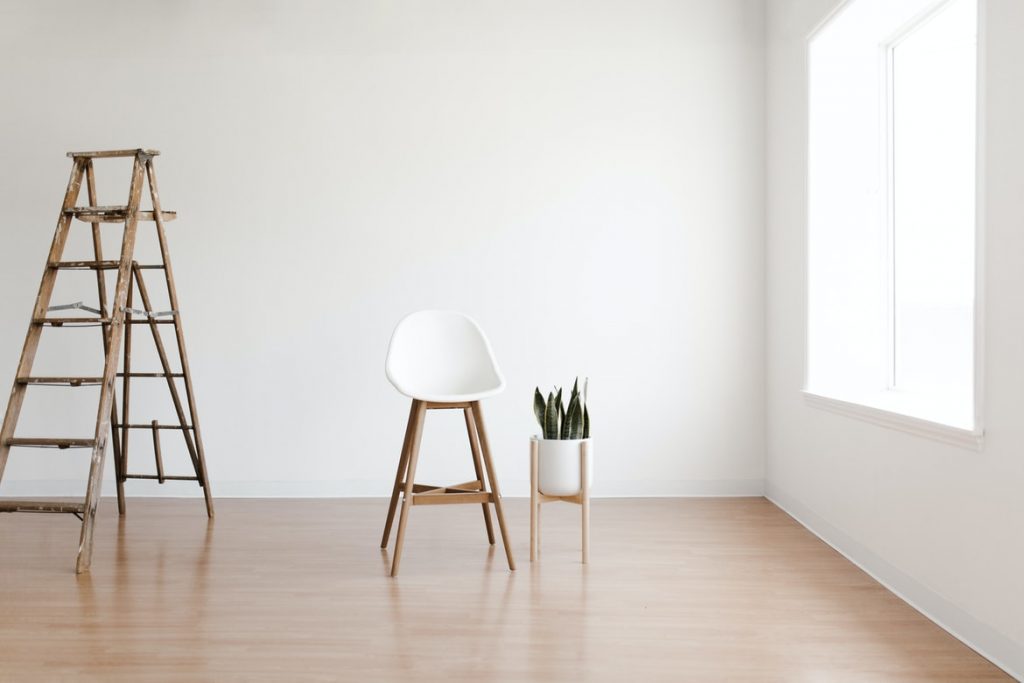
The soil requirements are not strict, with good drainage of sandy loam soil is better. Its growth temperature is 20-30 ℃, overwintering temperature is 10 ℃.
Propagation Method
Snake plants can be propagated by dividing plants and cuttings.
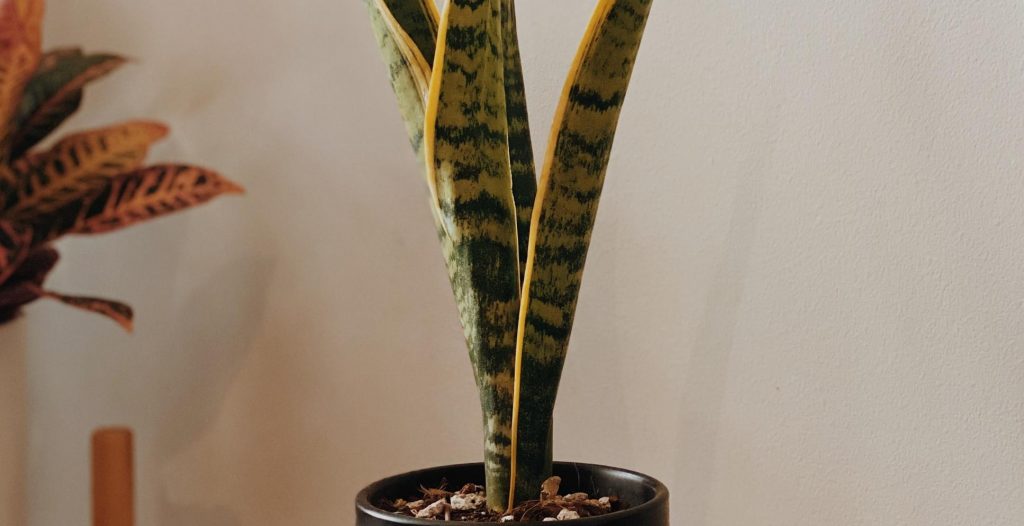
Propagation by Division
The division method is to cut the overgrown leaf clumps into several clumps, each with leaves, a section of rhizome, and sucking buds and plant them separately in pots.
This method is suitable for all species of Snake plants, and seedlings can be raised throughout the year, but it is best in spring and summer and can be done in spring in conjunction with a pot change.

Method:
Remove the plant from the pot and separate the daughter plant from the mother plant with a sharp knife, avoiding damaging the root system as much as possible, so that the severed daughter plant has as many roots as possible, apply sulfur powder or grass ash to the cut, and let it dry slightly before potting.

After the daughters are separated, place them indoors in a dark place to protect them from rain and control the watering to avoid rot of the cuttings.
When potting, sprinkle some fine sand on the roots of the plant to facilitate its survival.
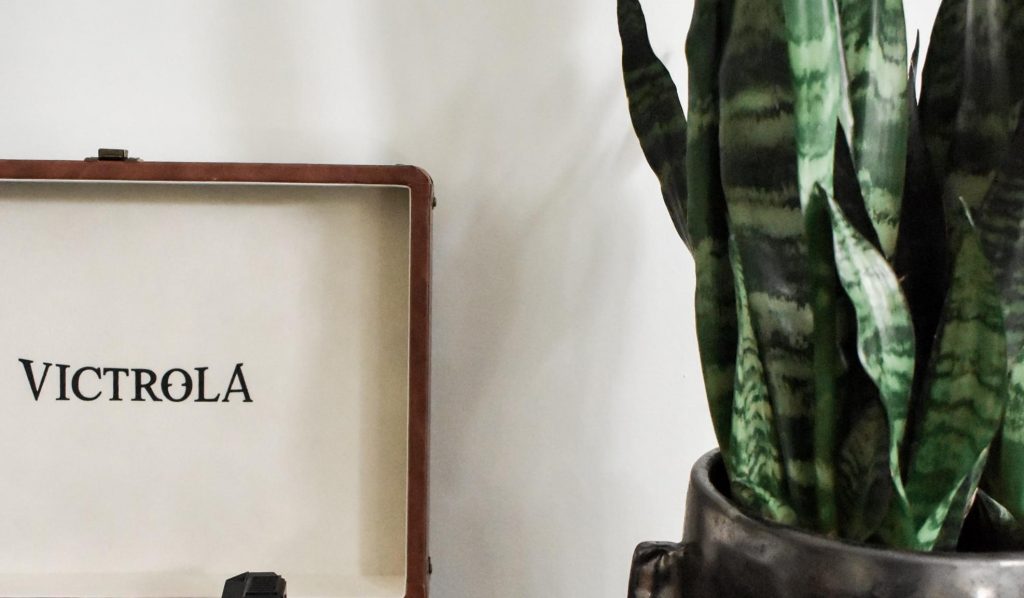
The potting soil should be loose, fertile, and sandy with good permeability. You can plant 2-3 plants in each pot.
Propagation by Cuttings
Cuttings are suitable for mass propagation, but only for varieties without golden yellow edging or silver veins on the leaves, otherwise, the yellow and white markings on the leaves will disappear and become common varieties of Snake plants.
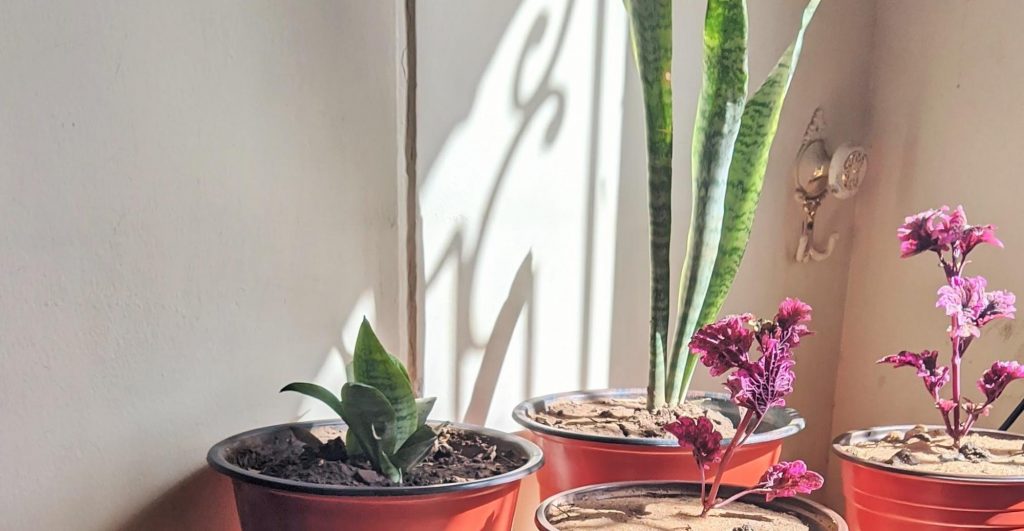
Select robust and full of leaves, cut into 5-6 cm long, cut off the leaves to be placed in a dry and cool place for a few days, let the cut dry, inserted directly or diagonally in the medium, inserted into the depth of 1/3 or 1/2 of the length of the cut section, inserted after a thorough watering.
Insert in sandy soil or vermiculite, taking care not to turn upside down. Expose half of the soil surface and keep it slightly damp, it can be rooted in about a month.
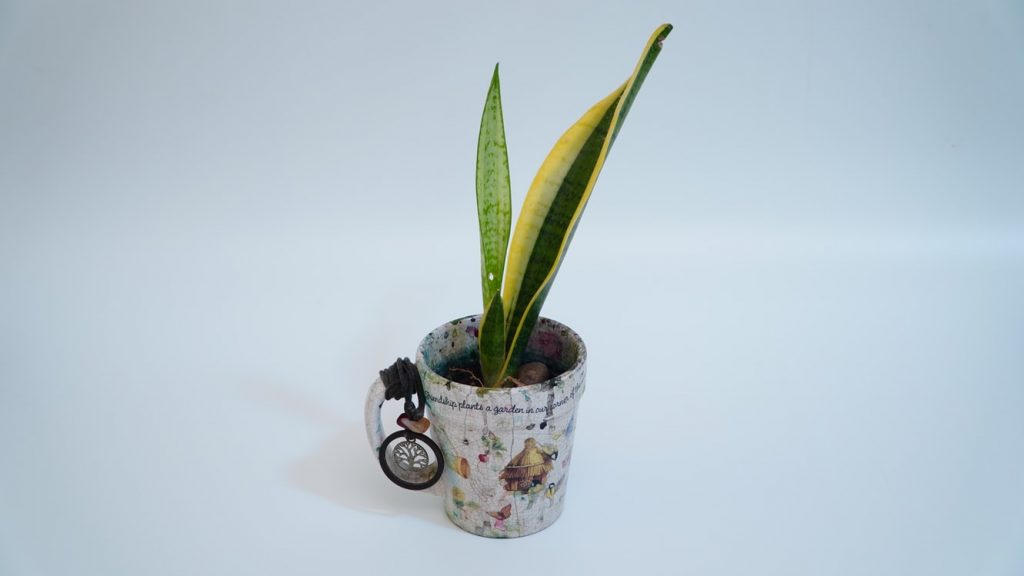
Under the condition of 15-20℃, it will root or grow rhizome from the base in about a month and gradually grow into a new plant. When the seedling grows 2-3 leaves, it can be potted and planted.
In summer, the spike will grow adventitious roots in about a month, and then new shoots will sprout from its base. When the new shoots grow leaves, they can be potted and transplanted together with the spike.

In other seasons’ cuttings, rooting time is relatively longer. As long as the temperature is 15-25°C, cuttings can be taken at any time. For Snake plants whose roots have decayed, if the upper leaves are not decayed, cuttings can still be taken, and they will also survive.
Golden-edged and spotted-leaf varieties are green seedlings, and the golden edges and spotted shapes disappear, reducing the ornamental value, so these varieties should not be propagated by cuttings, but only by division.

Main Values
Ornamental Value
Snake plants have firm leaves, bright colors, and are suitable for indoor planting.
In recent years, short-leaved varieties seem to be more popular and can be placed ornamentally at will without being restricted by the environment and space, while long-leaved varieties seem to be more suitable for decoration in venues and halls.

Although not as beautiful as flowers, but can give people a sense of toughness.
Decorating your Home
Place small pots of Snake plants on the coffee table, or if they are large, place them by the sofa or in front of a floor-to-ceiling window for a harmonious and vibrant look.
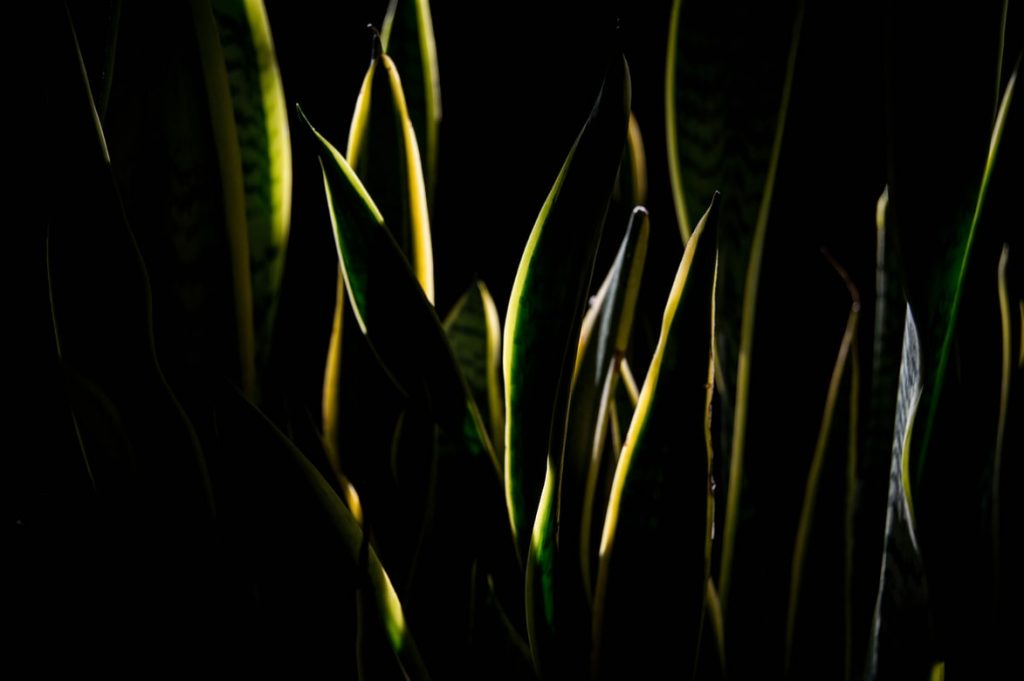
A dashing pot of Snake plants in a corner of your living room will also make your living room look more unpretentious.
Of course, placing Snake plants on the dining table, kitchen, and bathroom, more show the simple style of your home.
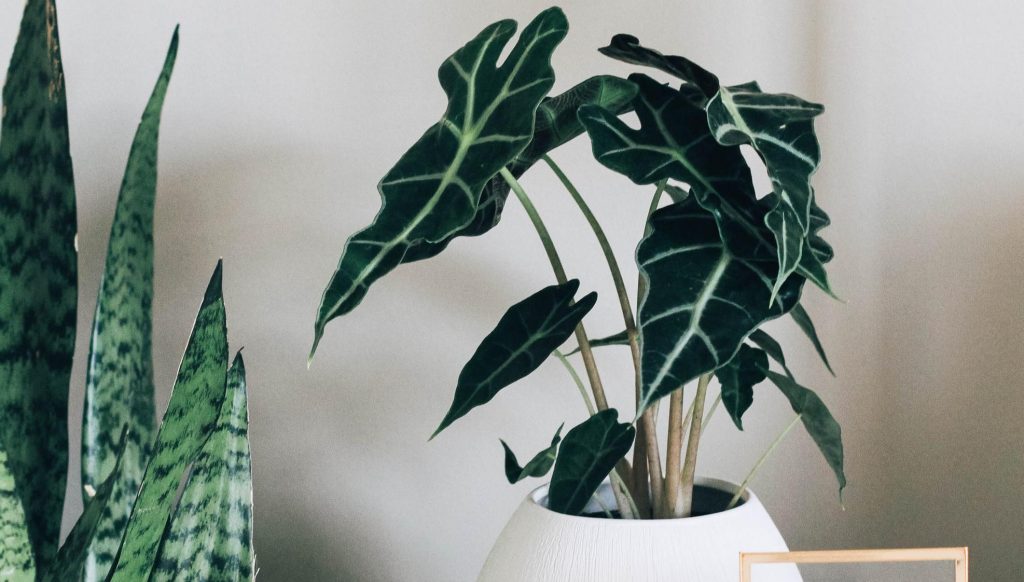
Purify the Air
The stomata on the fleshy stems of Snake plants close during the day and open at night, absorbing carbon dioxide while releasing just enough negative ions to increase the concentration of negative ions in the indoor air.
In addition, Snake plants also have an important role in radiation protection and are suitable for placement near computers and TVs.
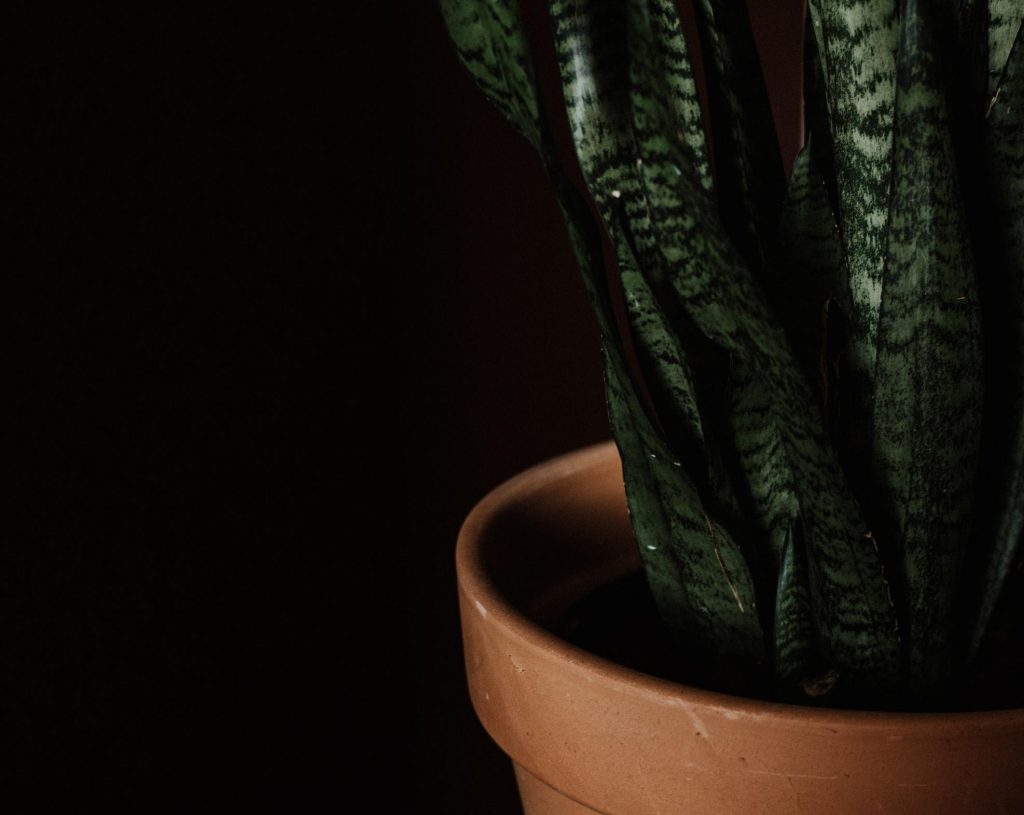
Snake plants can absorb more than 80% of the harmful gases in the room, the ability to absorb formaldehyde is very strong, but also known as the “natural scavenger”.
At the same time, it can also absorb a large number of radionuclides such as uranium, in addition to removing formaldehyde, it has a significant absorption effect on trichloroethylene, sulfur than hydrogen, benzene, phenol, hydrogen fluoride and ether, heavy metal particles, and other harmful materials, and transpiration is more efficient, but also has a certain ability to regulate indoor humidity.


